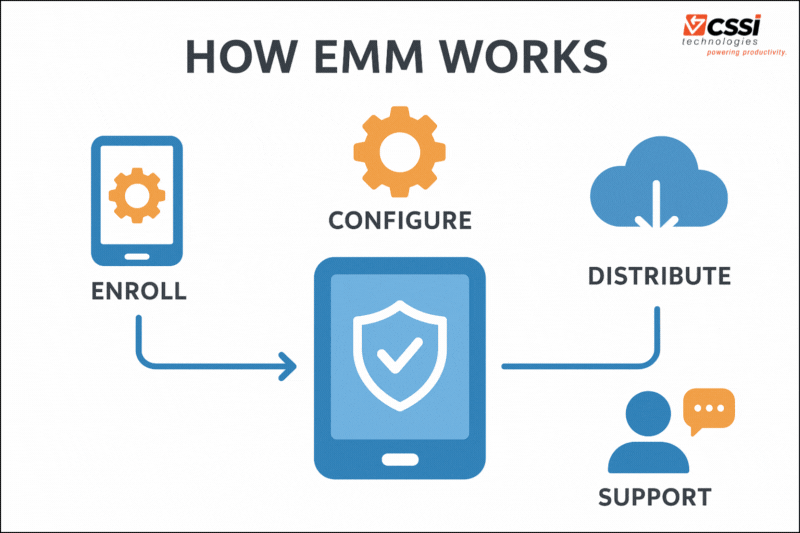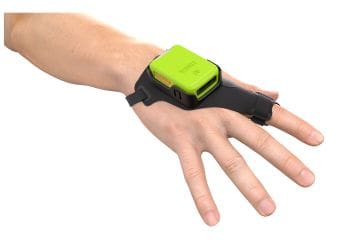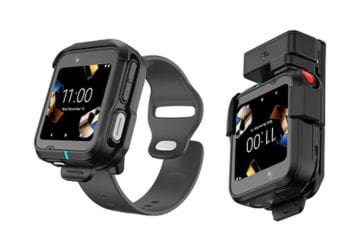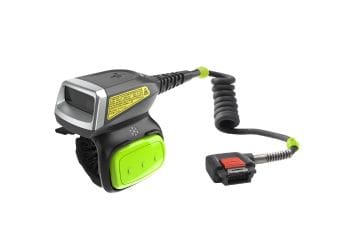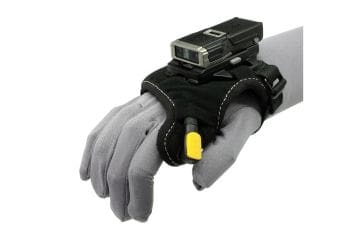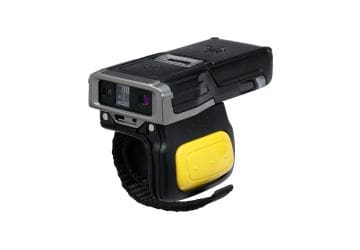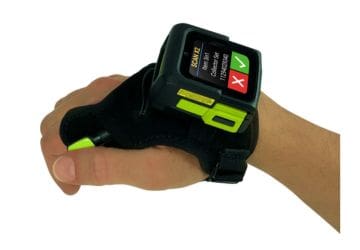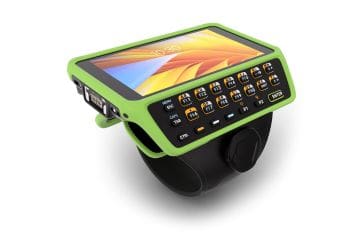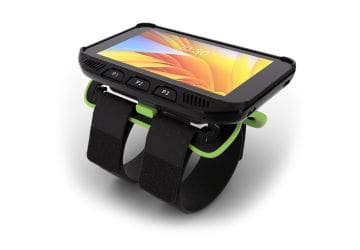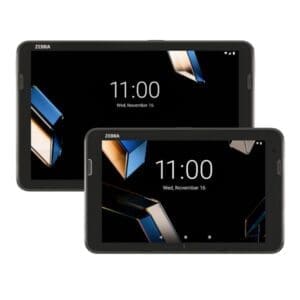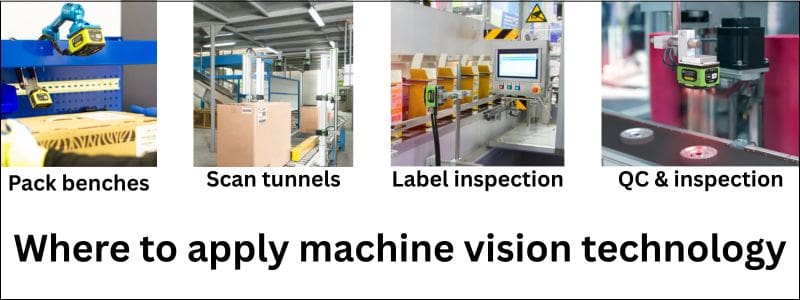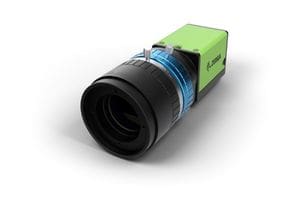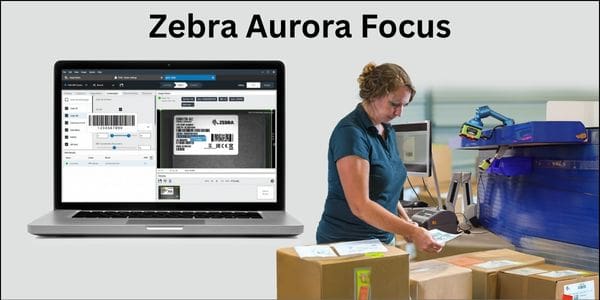2025 has been an exciting year for mobile device technology – hardware, apps, services and technologies. There are so many advances to consider… we did our best to keep you informed and educated along the way. As the year winds to a close, we wanted to call attention to several of our best posts over the past 12 months.
Without further ado…!
1) Enterprise vs Consumer-Grade Tablets – Why You Should Go for Quality

When using a tablet computer for business workflows, it can be tempting to opt for less-expensive consumer-grade options. However, there are severe impacts to the total cost of ownership (lifespan, productivity impacts, safety & security). Here’s a look at the benefits of enterprise tablet models.
2) Mobile Device Support Services – Why They Matter
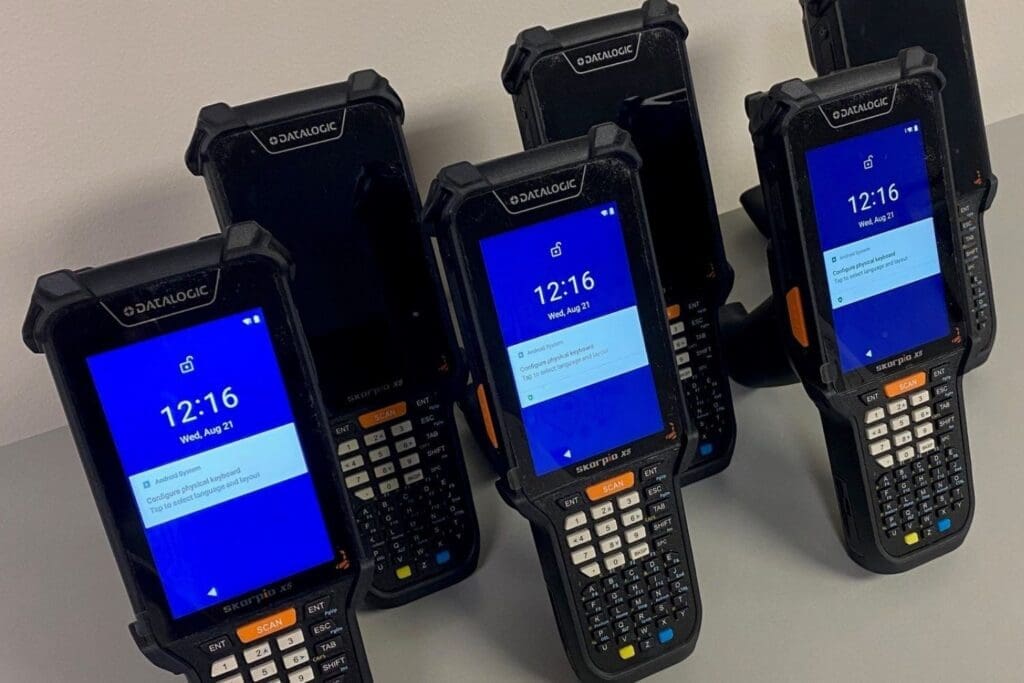
Our friends in IT have more on their plate every day. As difficult-to-control mobile devices proliferate, life doesn’t get any easier. That’s why support services for mobile fleets can make an impact. Whether for configuration, deployment, upgrades, or device support, CSSI’s mobile device professional services and mobile device management capabilities can help ease the IT burden.
3) Non-Incendive Mobile Computers & Tablets: How are They Different?
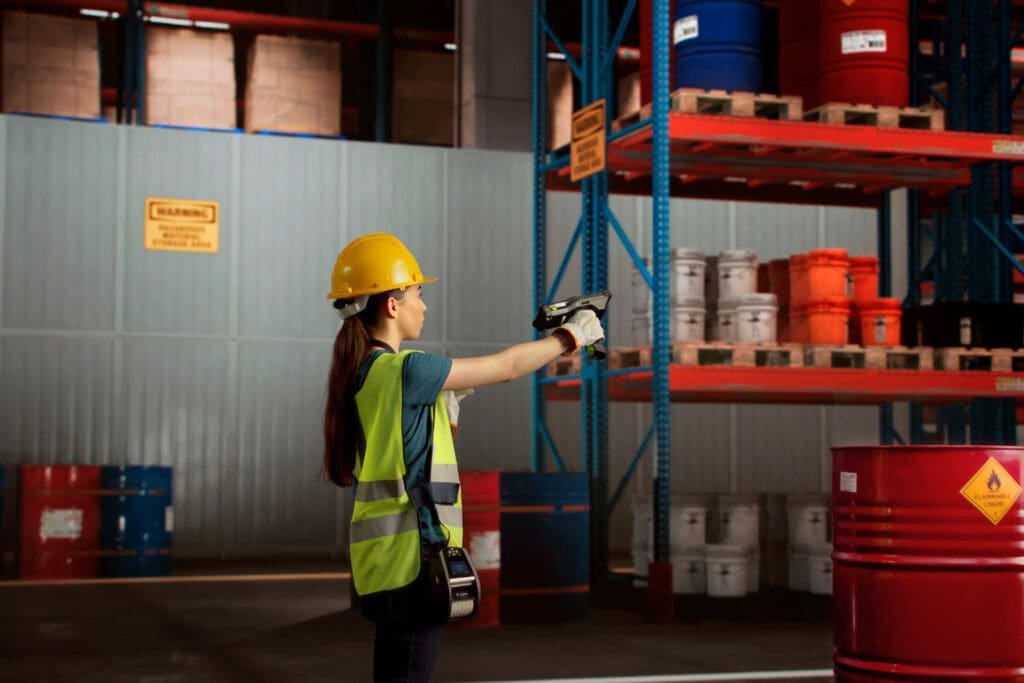
Hazardous environments require special mobile computing device models which qualify as non-incendive. This means that appropriate mobile devices must be sourced. Here’s information about this special class of handhelds, and how they are made to be non-incendive.
4) How Machine Vision Systems Detect Defects on a Production Line
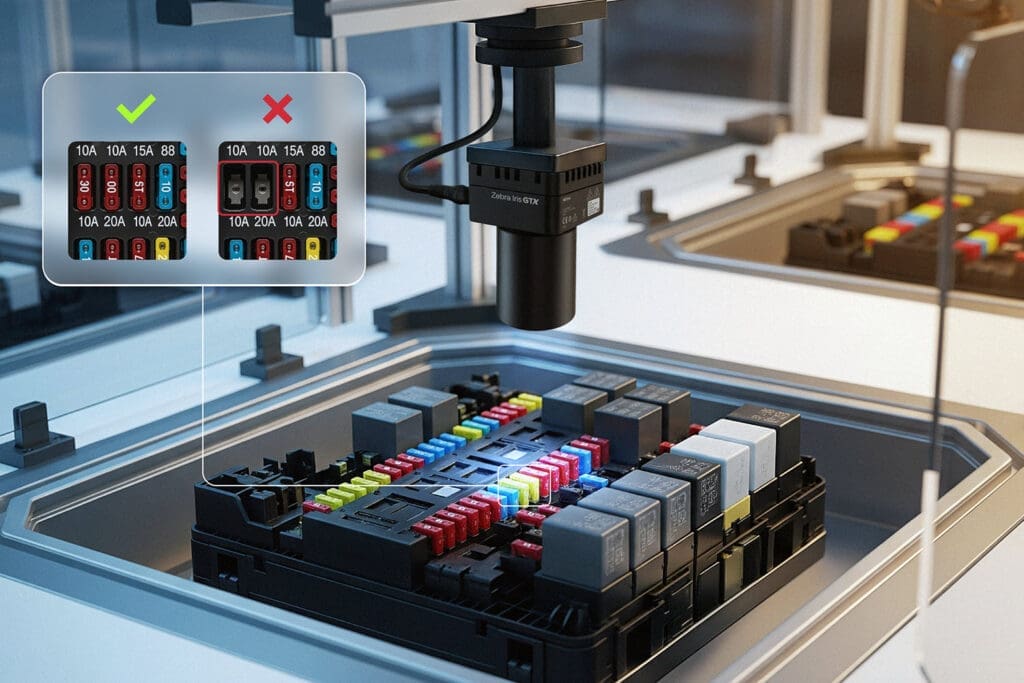
Machine vision systems are on the cutting edge of industrial automation. More than just industrial high-speed scanners, machine vision systems incorporate machine vision and AI to enable you to ‘train’ the computer to differentiate between good/bad based on a camera image. Here’s how these systems work, and the components involved.
5) Android 11 and Scoped Storage: Alert for Those Who’ve Not Yet Migrated

Many companies have not yet upgraded the Android OS running Android device models beyond 10 or 11. 11 and 13 introduced some major changes to this mobile operating system, and thus there is information you need to know so that you can plan your upgrade without breaking key applications.
6) The Benefits of Implementing Barcoding in your Warehouse or Production Operation
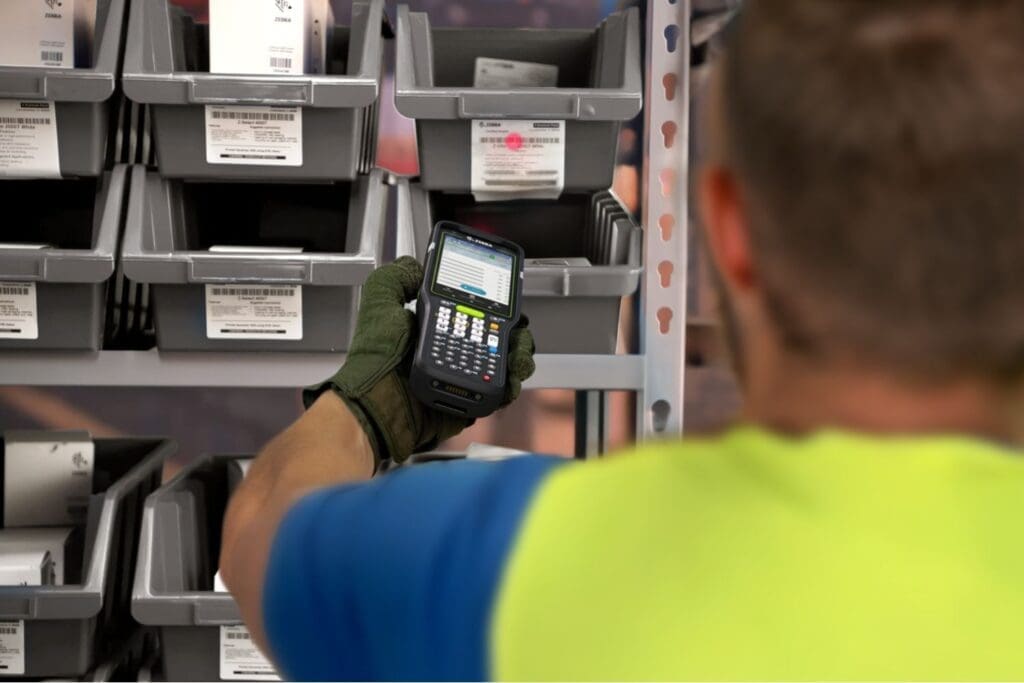
If you have not yet implemented barcodes to aid your production and warehouse operations, there are time-tested and proven reasons to consider doing so. Automated data capture technologies like the barcode reduce human errors and improve productivity and inventory accuracy.
7) Interested in RFID? Why You Should Begin with an RFID Pilot Project.
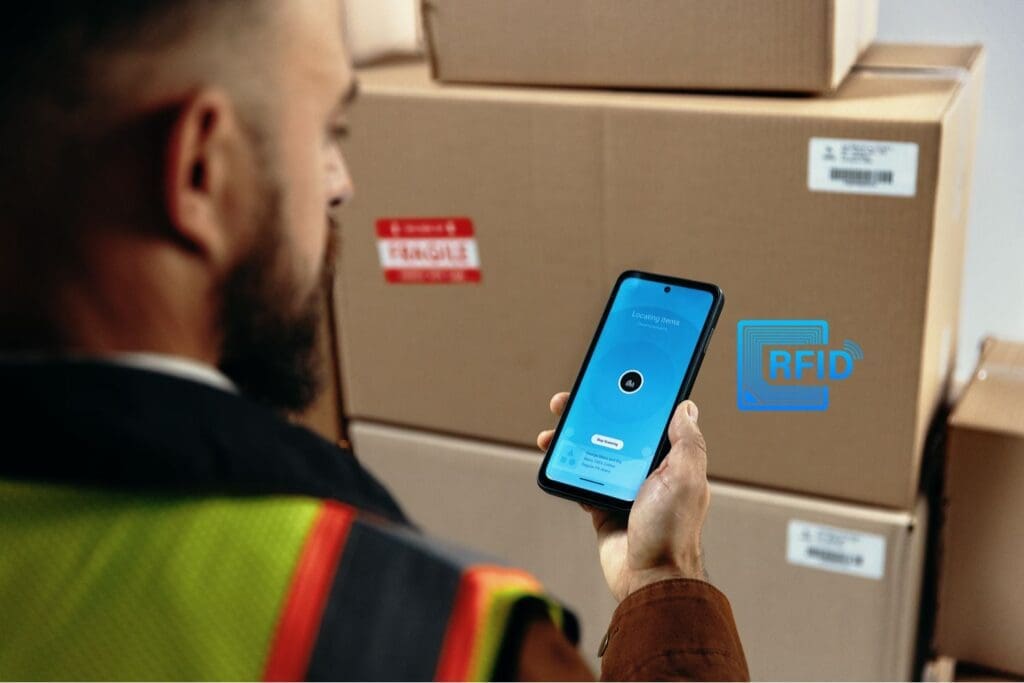
While RFID is a powerful technology which can aid the automation of your inventory management, it requires projects to be carefully planned and tested. An investment in a pilot project is the best way to ensure the success of your future RFID investment.
8) What are the Different Varieties of Label Printers?
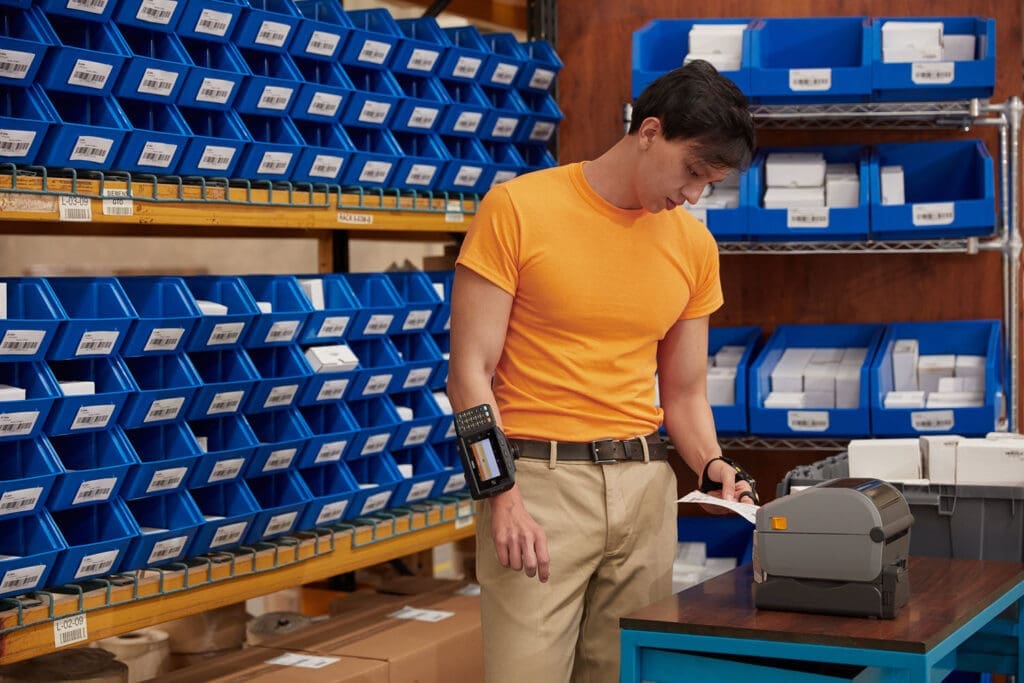
There are several varieties of label printers. The right choice for you will depend upon your applications and how the labels will be used. We run down the various technologies and form factors which are available for your label printing needs.
9) Painless Modernization for Telnet Screens
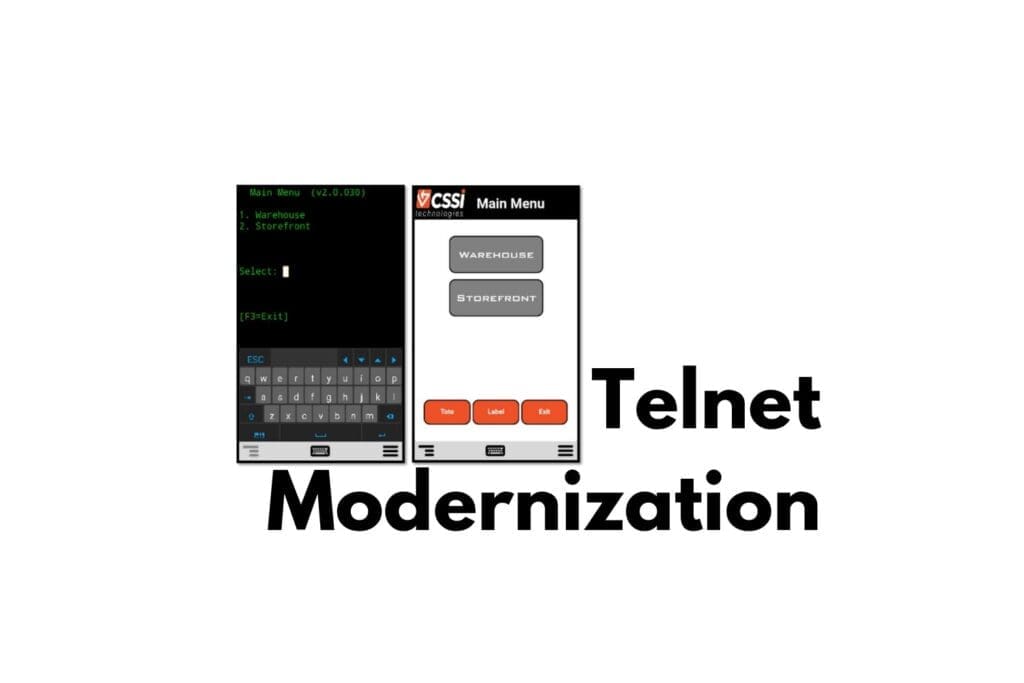
Applications served to a handheld computer via terminal emulation (telnet) typically use bland ‘green screens’ without touch screen capabilities. You can efficiently modernize those applications to create a touchscreen interface with modernization technology. This improves the user experience, along with user productivity.
10) Why You Should Use an Industrial Browser for Mobile Enterprise Applications
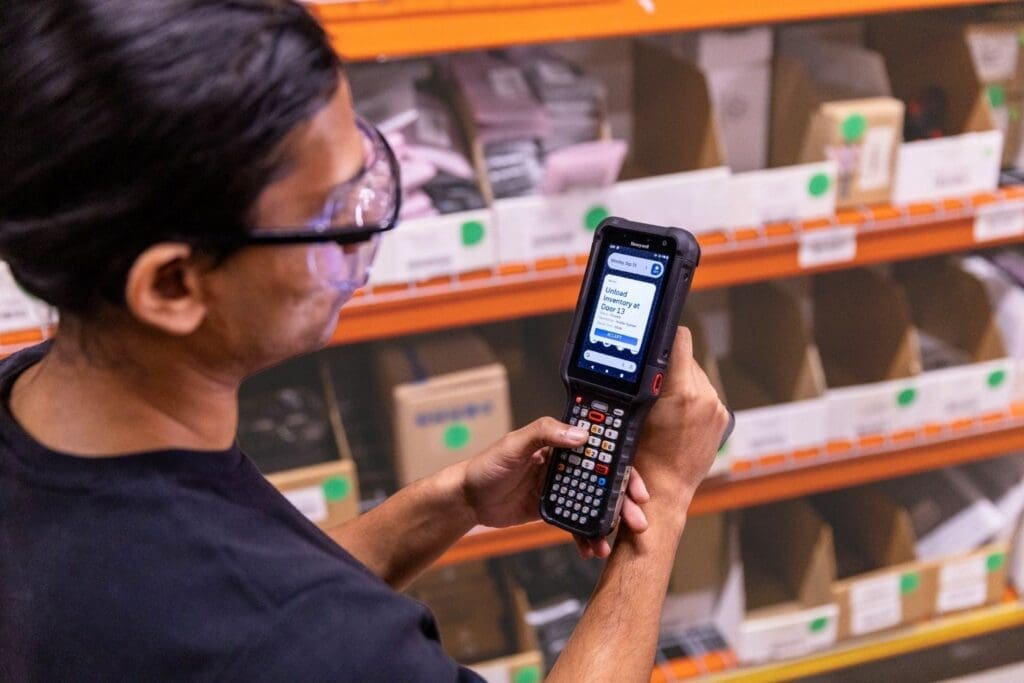
The consumer web browsers which come with your mobile devices are insufficient for enterprise needs. Here’s why you should use industrial browsers to serve applications via the browser.
How Can CSSI Technologies Help You with Mobile Computing and AIDC Technology?
Our team at CSSI are experts in handheld computers, wearable device models, rugged tablets, thermal printers, fixed industrial scanners, machine vision systems, RFID, and the many workflows within which these technologies are utilized. If you’d like to discuss your challenges or projects, please contact us and let us know how we can help.


